
Active Life – Health and Wellness Edition

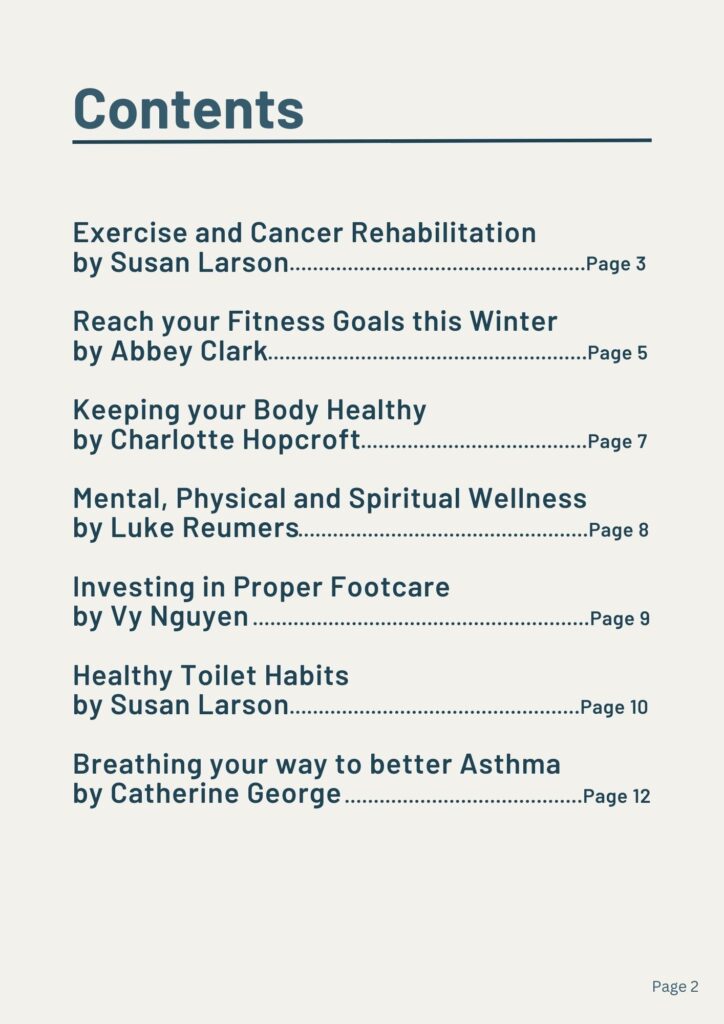
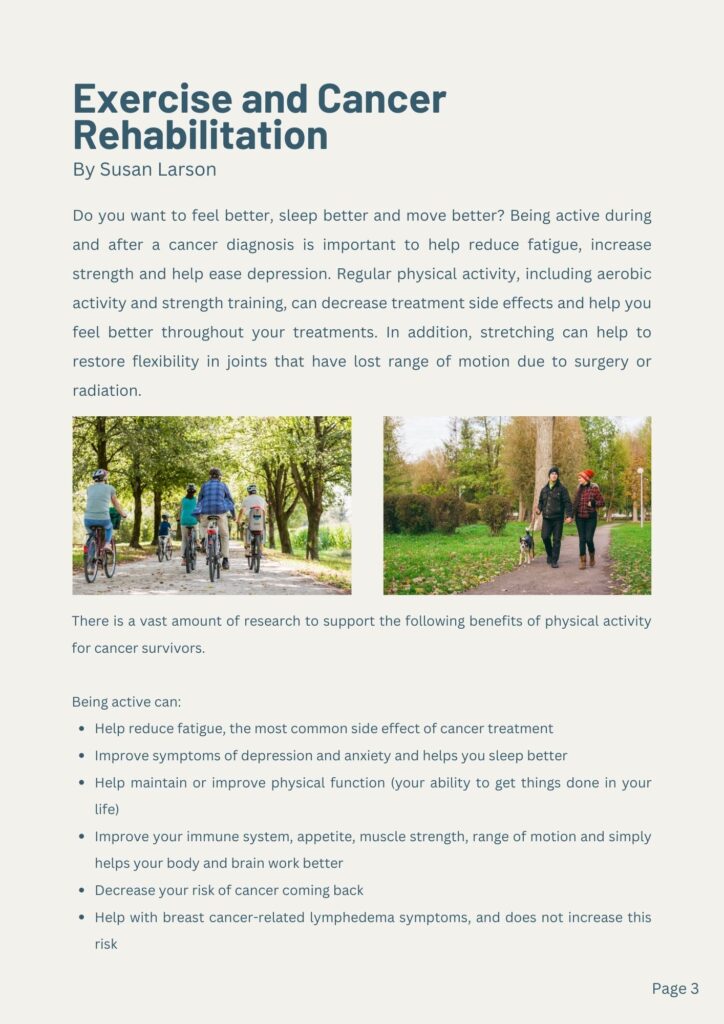
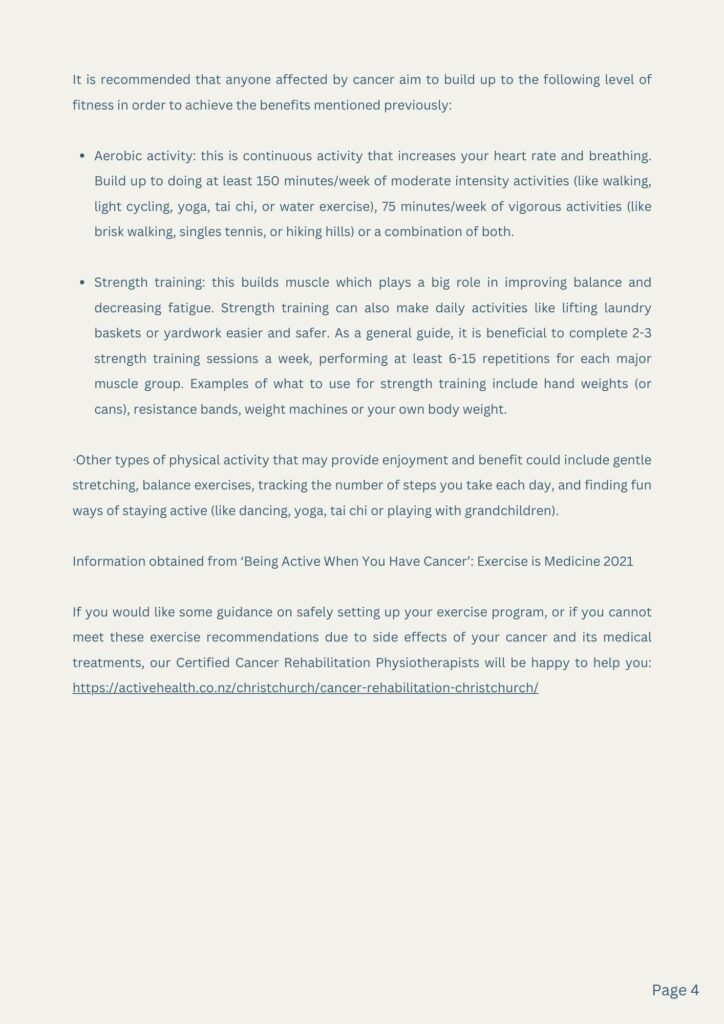

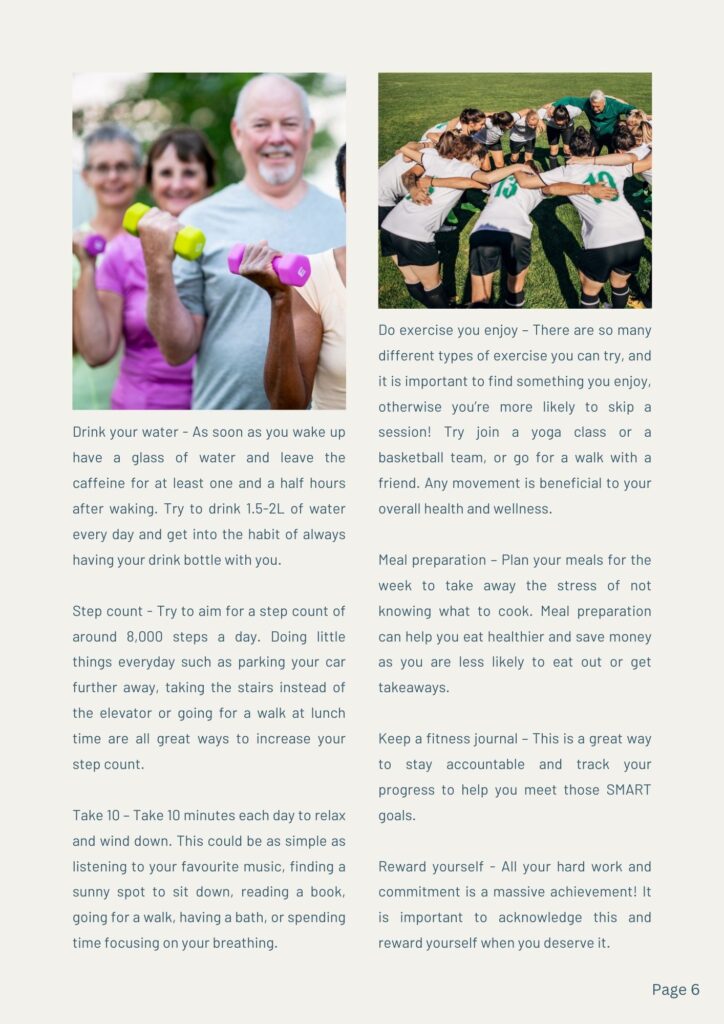
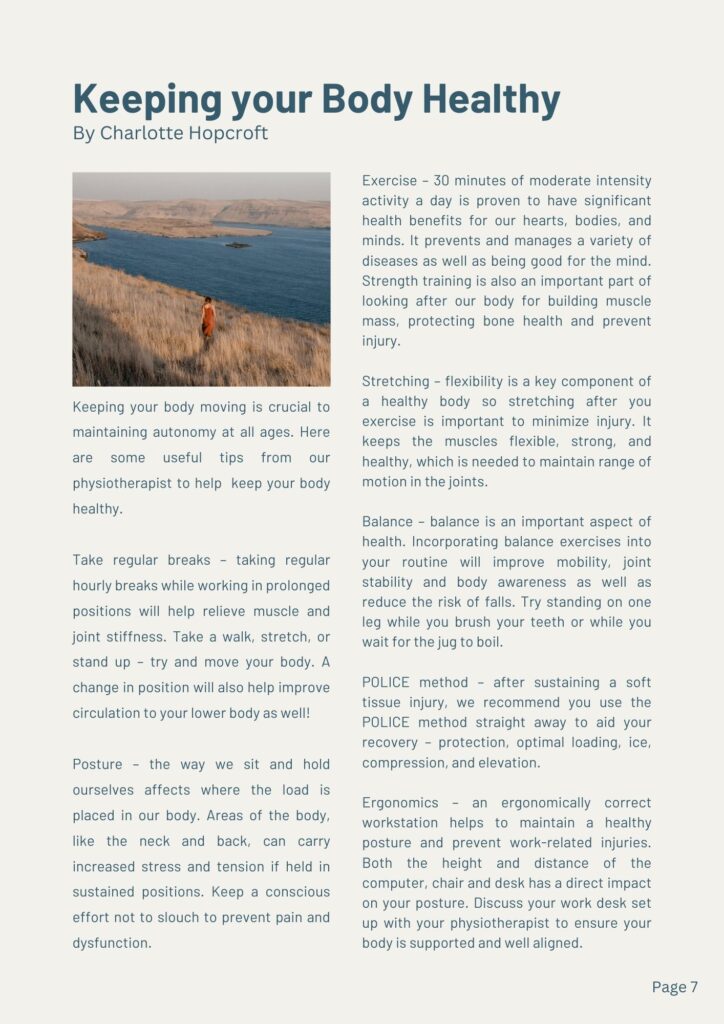
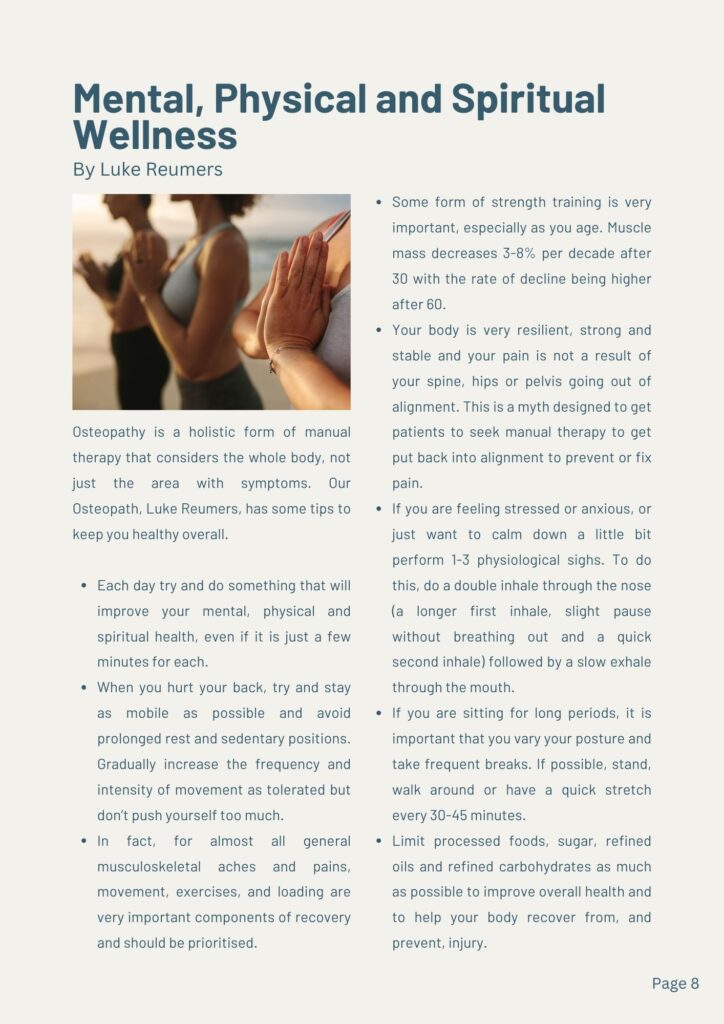
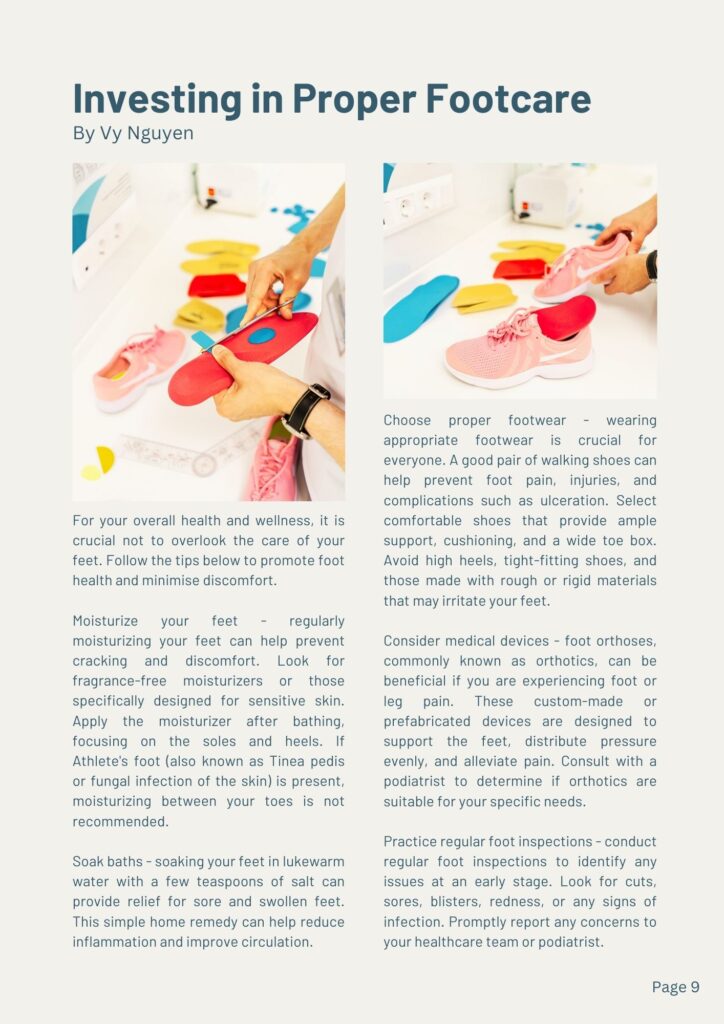
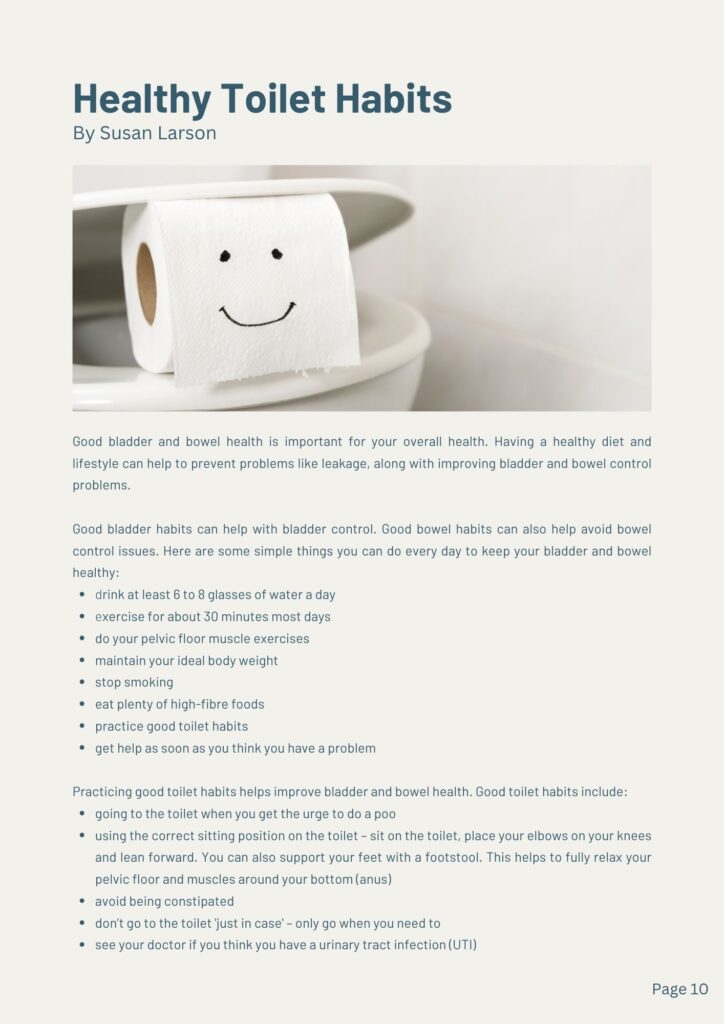
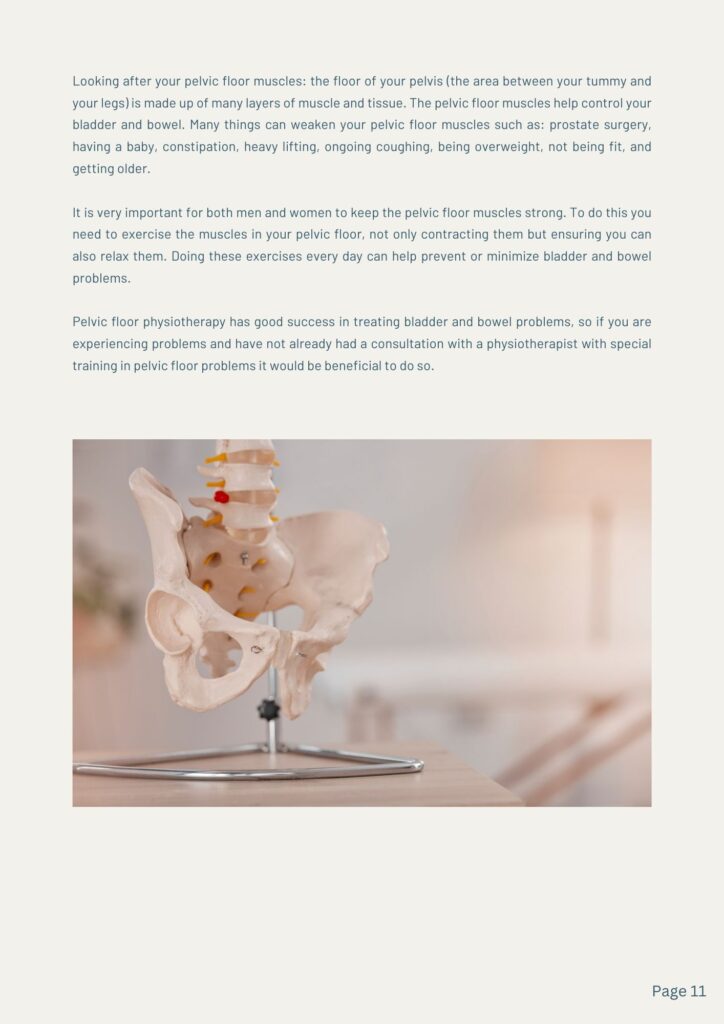
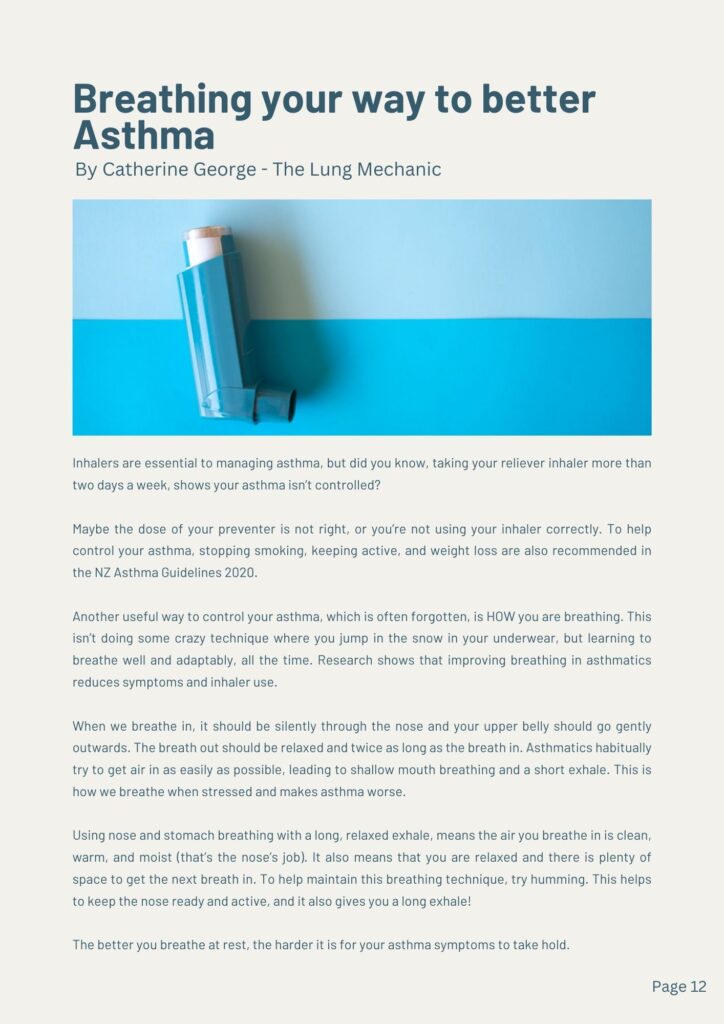
















Inhalers are essential to managing asthma, but did you know, taking your reliever inhaler
more than two days a week, shows your asthma isn’t controlled.
Maybe the dose of your preventer is not right, or you’re not using your inhaler correctly.
Smoking cessation, keeping active and weight loss are also recommended in the NZ Asthma
Guidelines 2020.
What is often forgotten is HOW you are breathing. This isn’t doing some crazy technique
where you jump in the snow in your underwear, but learning to breathe well and adaptably,
all the time. Research shows that improving breathing in asthmatics reduces symptoms and
inhaler use.
When we breathe, it should be silently through the nose and your upper belly should go
gently outwards. The breath out should be relaxed and twice as long as the breath in.
Asthmatics habitually try to get air in as easily as possible, leading to shallow mouth
breathing and a short exhale. This is how we breathe when stressed and makes asthma
worse.
Thinking about nose/belly breathing and a long-controlled exhale means the air you breathe
in is clean, warm and moist (that’s the nose’s job), that you are relaxed and there is plenty of
space to get the next breath in. Try humming, this helps keep the nose ready and active, it
also gives you a long exhale!
The better you breathe at rest, the harder it is for your asthma symptoms to take hold.
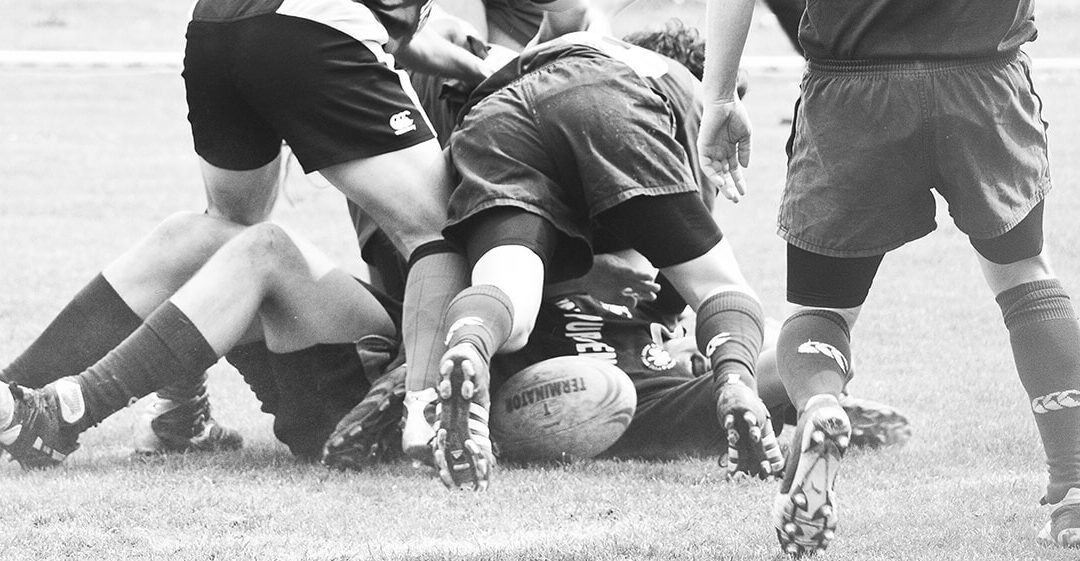
Rugby season is just around the corner and now is the time to start preparing for the upcoming games (If you haven’t started already!). Whether you’re a seasoned veteran or a new player, there are several key steps you can take to ensure you’re in top physical and mental shape for the season.
Let’s talk about the importance of proper conditioning recovery, and nutrition in order to prevent injury and have a successful rugby season.
As the rugby season approaches, it’s important to focus on building a strong base of cardiovascular fitness and muscular strength. Appropriate conditioning will ensure you have the endurance to last through the entire game, as well as the power to perform at your best when the time comes.
A good training program should include a mix of on-field and off-field exercises, such as skills training, sprints, weightlifting, and plyometrics. A comprehensive training program should also incorporate flexibility and mobility exercises to help aid recovery and improve the ability of your muscles to perform when needed.
A good training program should ensure that you are getting enough rest and recovery time. Taking the time to properly recover will allow your body to repair and come back stronger for the next training session or game. Unfortunately, overtraining can lead to burnout and injury, so make sure to listen to your body and take rest days as needed. This can include getting enough sleep, stretching, and foam rolling.
Proper nutrition and hydration are crucial for optimal performance on the rugby field. Eating nutrient-dense foods, such as lean proteins, complex carbohydrates, and healthy fats, will provide your body with the necessary fuel to perform at your best. It is important to stay hydrated by drinking plenty of water and electrolyte-rich fluids throughout the day.
Not only will proper nutrition and hydration improve your performance, but they will also help to prevent injuries and fatigue. Adequate fuel and hydration can be the difference between a winning performance and an injury-plagued one.
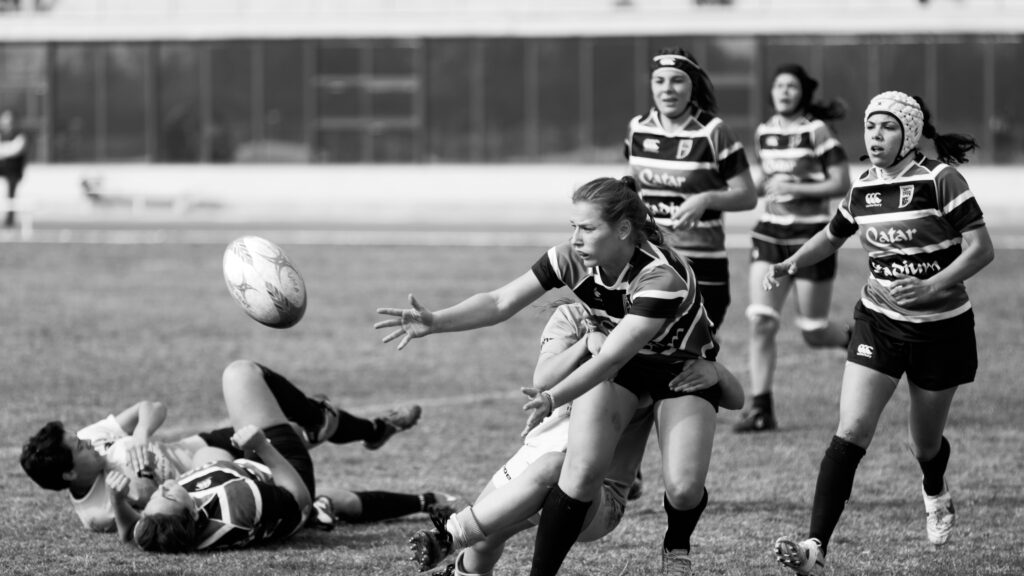
Injury prevention is crucial for a successful and enjoyable rugby season. Common rugby injuries include soft tissue sprains, strains, and contusions. A comprehensive training program, proper recovery and appropriate nutrition will all contribute to preventing such injuries. Key aspects of injury prevention include completing a good warm-up to ensure you are physically and mentally prepared to take the field.
A good warm-up could include a variety of jogging and dynamic stretching, such as leg swings and arm circles. Another important aspect of injury prevention is having proper technique and form. Unfortunately, incorrect technique with aspects of the game such as tackling, scrummaging, and rucking can lead to injury. Therefore, it is crucial to take your time and perfect your skills.
Additionally, it is important to listen to your body and not push through pain. If an injury does occur, it is crucial to seek advice from a health professional. At Active Health, we understand the unique needs of rugby players and are dedicated to helping individuals achieve their goals and prevent future injury. We will be able to facilitate your healing and recovery from injury, as well as work alongside you to plan a return to play. Incorporating these injury prevention strategies and seeking professional and individualized advice will optimally lead to a more successful and most importantly, enjoyable rugby season.
To book a visit simply select your location: Christchurch | Rangiora | Hamilton
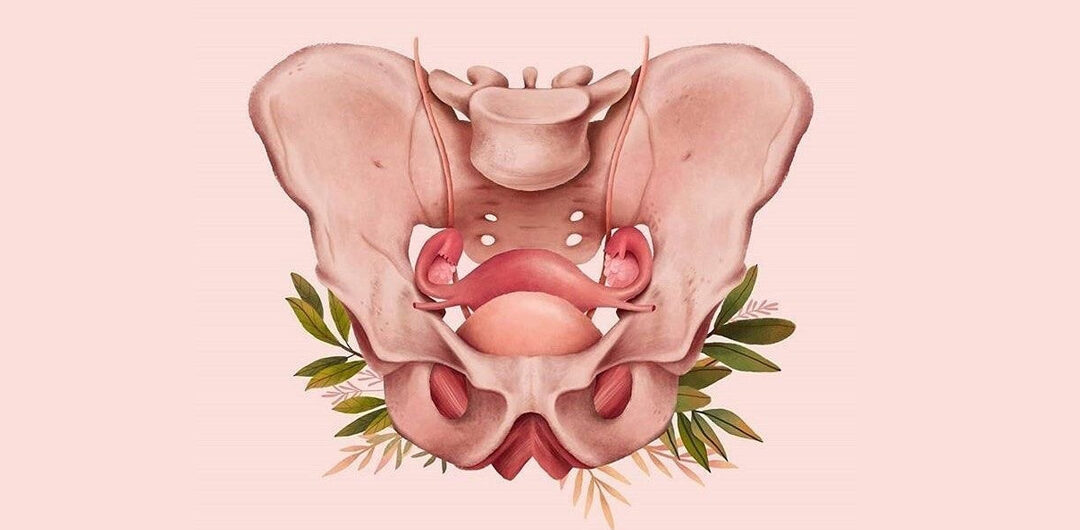
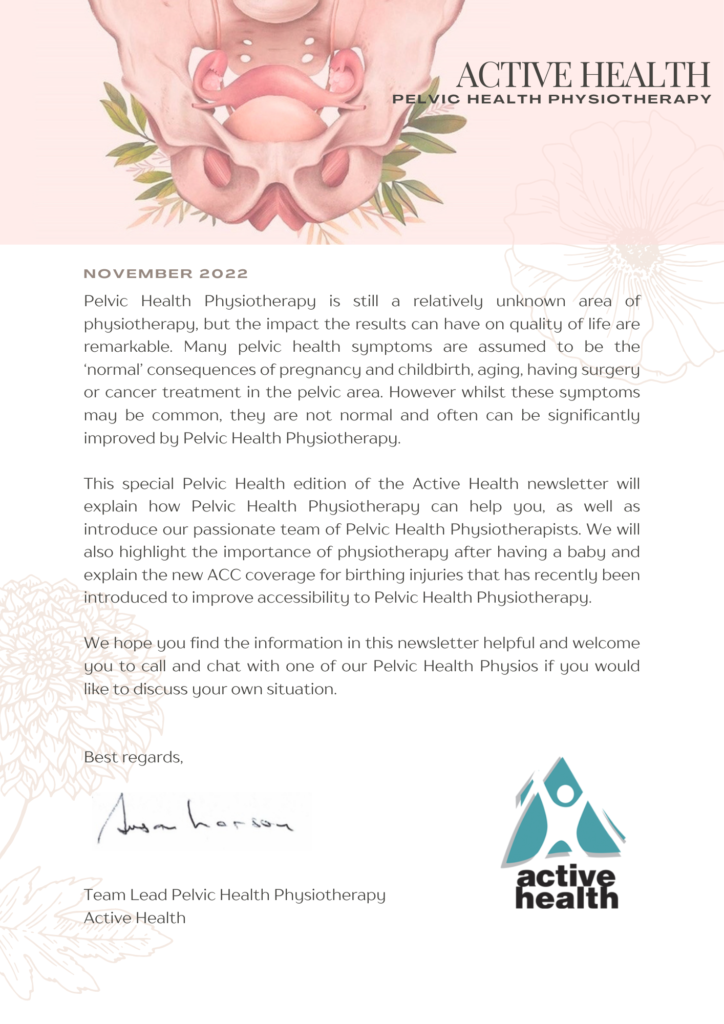
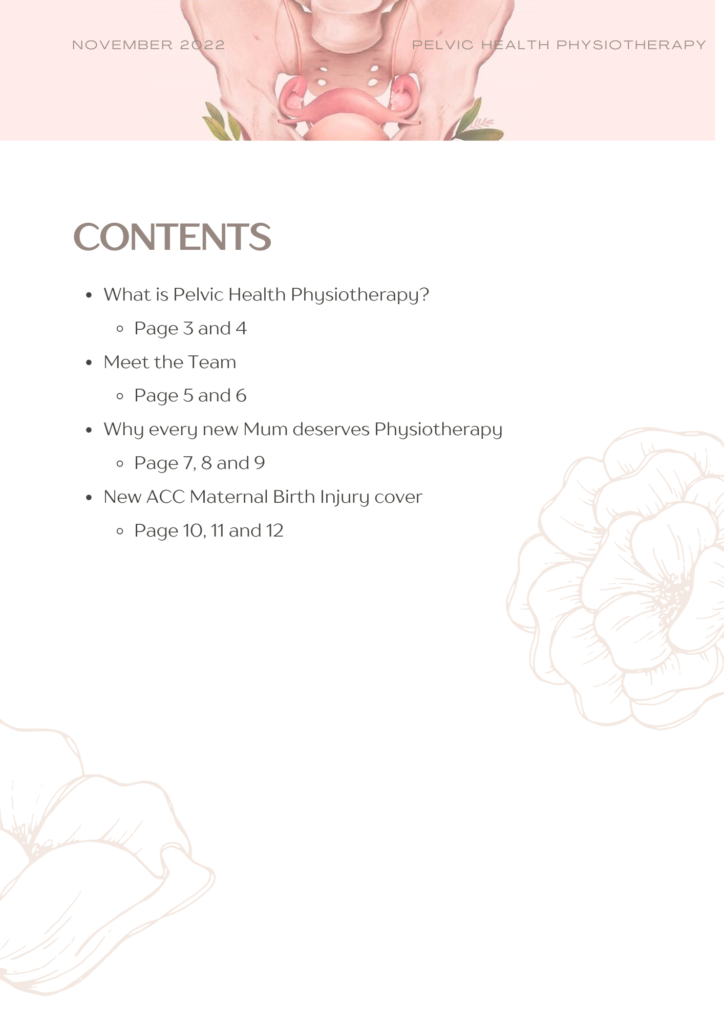
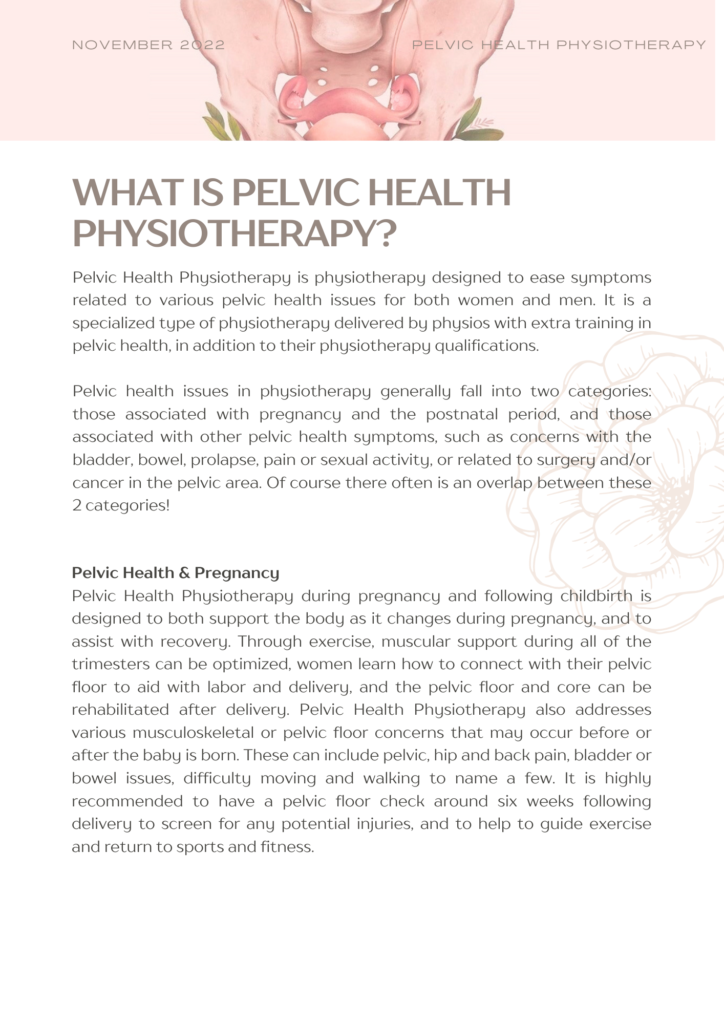
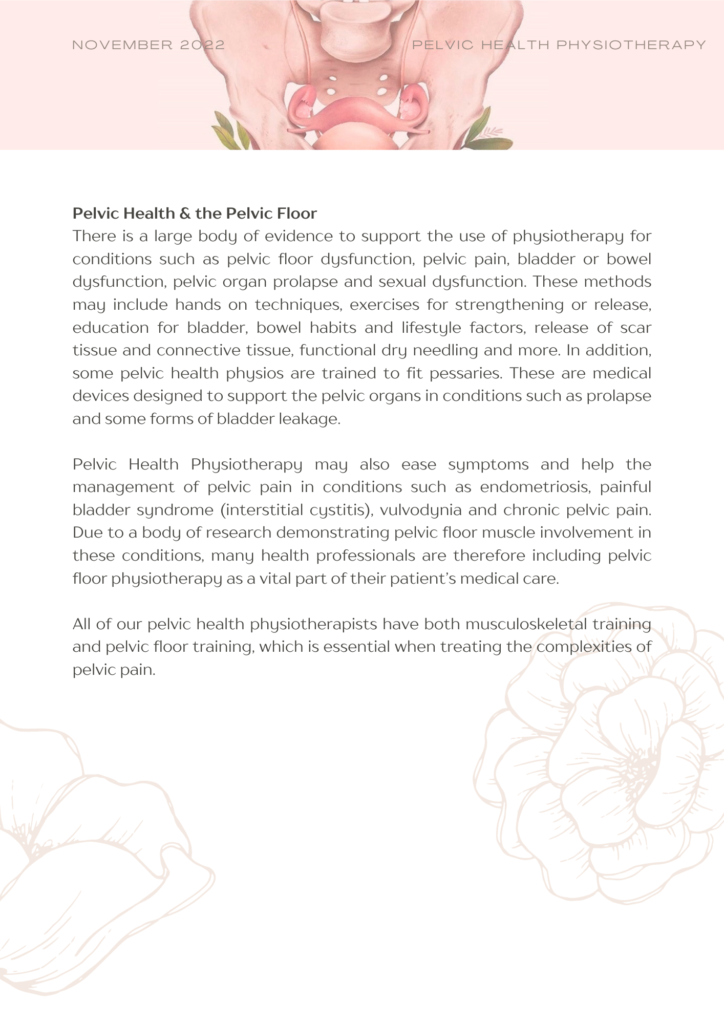
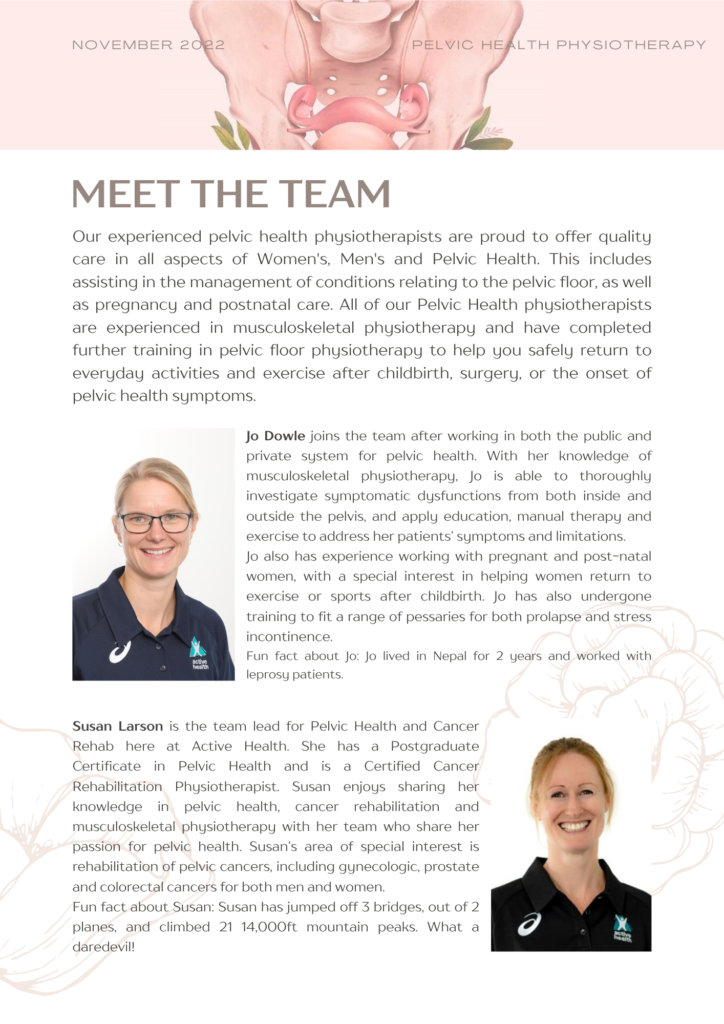
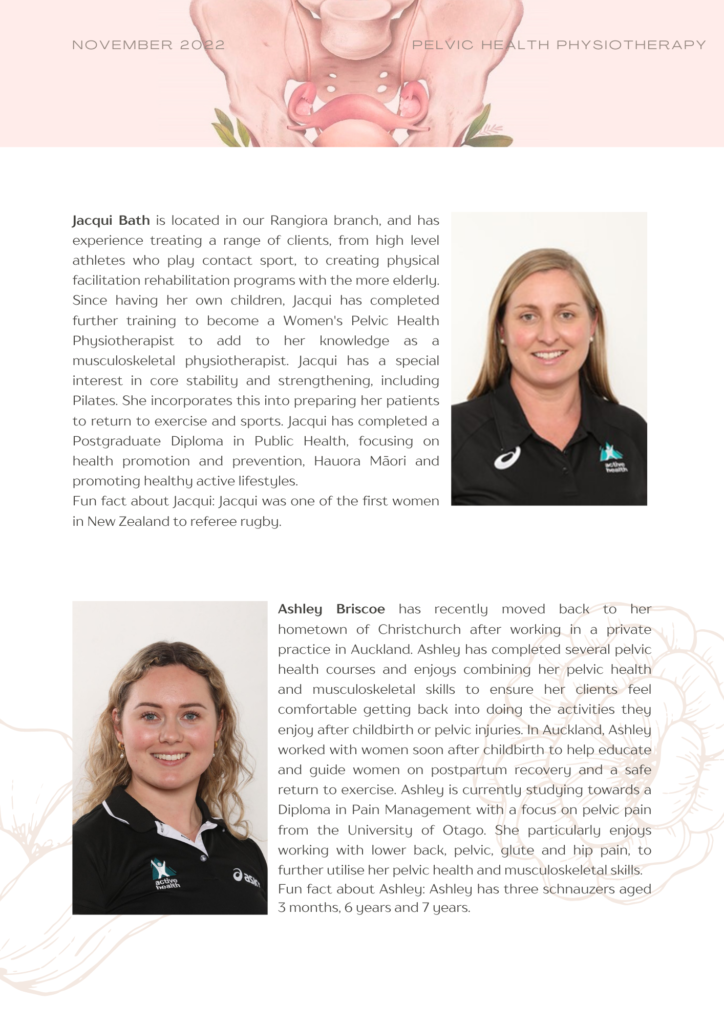
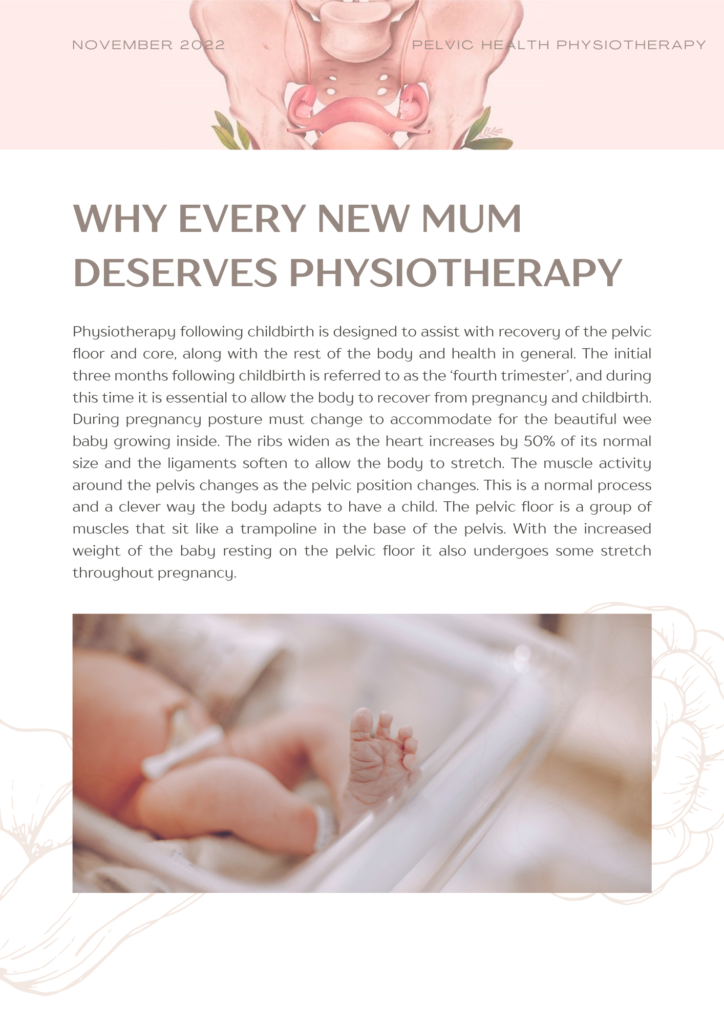
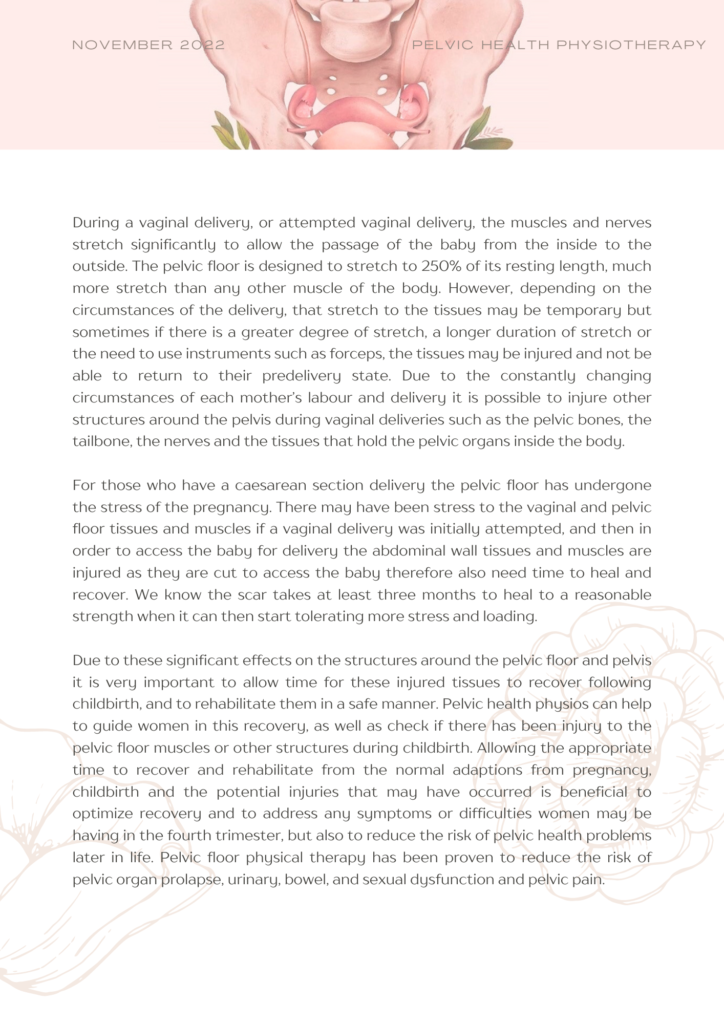
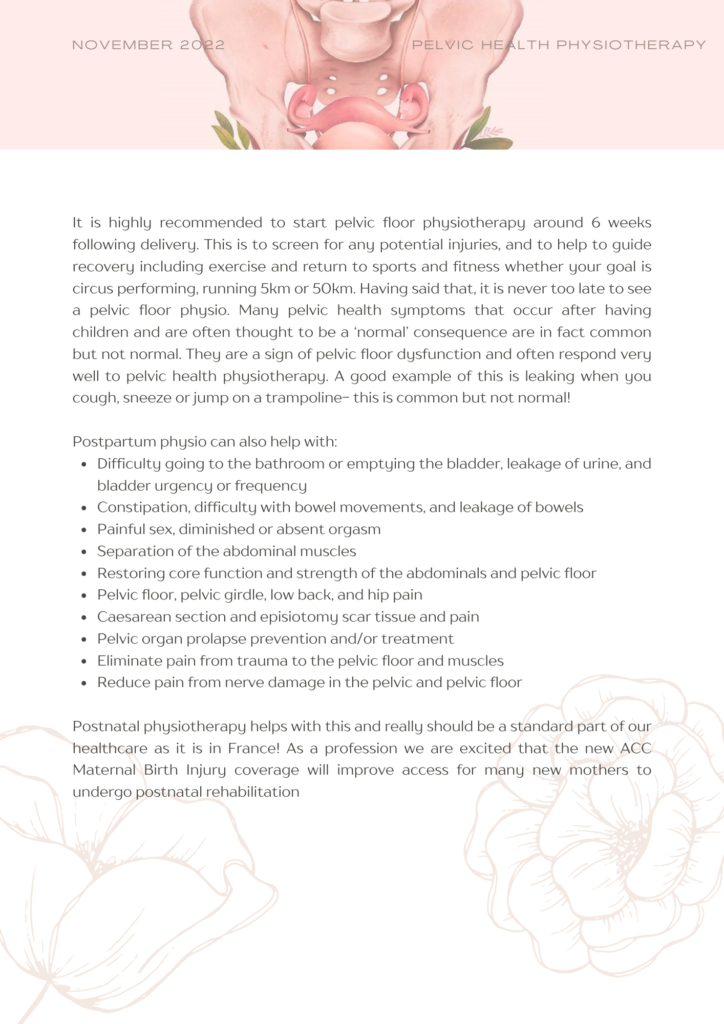
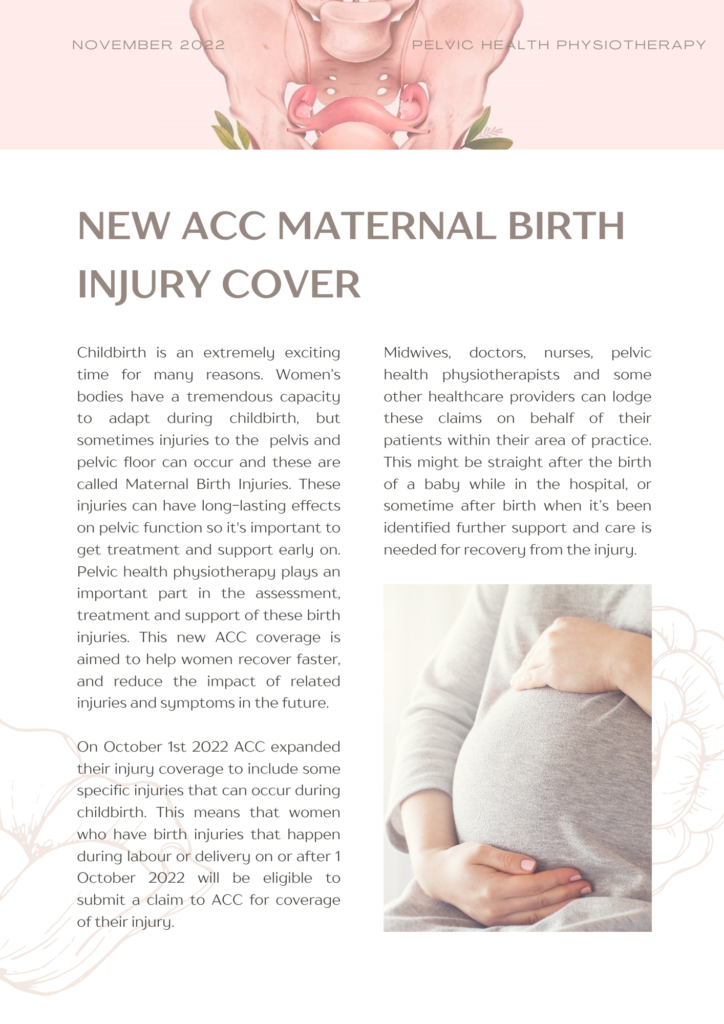
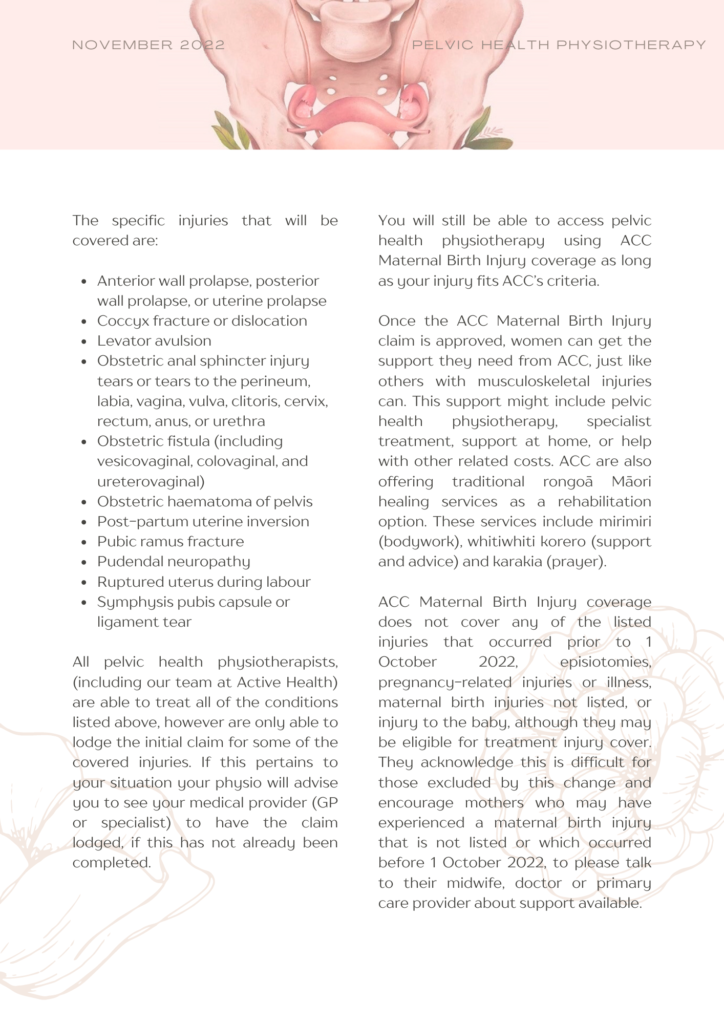


Your nose is your first line of defense to allergens, pollens, viruses and the cold air. As air
flows through your nose it goes to work filtering, warming and adding moisture to the air so
by the time it reaches your lungs it’s clean and at body temperature. The moisture ensures
the lungs function and can clear debris that does get through and inflate and function
optimally.
The other amazing factor is the production of nitric oxide (NO) in our sinuses (laughing gas!).
It doesn’t make you giggle but its effects are widespread and definitely promote wellness.
NO works as a sterilizer (anti-fungal, antiviral and antibacterial), it promotes the beating of
cilia – the cells that work like a Mexican wave to move your mucus around, reducing snotty
noses and postnasal drip. It acts as a vasodilator (opens the blood vessels) and breathing
against the increased resistance of small breathing tubes (compared to the mouth) opens up
your air scass – this leads to an overall increase in the amount of oxygen you can absorb –
up to 17-20% than through your mouth! NO also has anti-inflammatory effects.
This is all missed when you breathe through your mouth! You are more likely to feel calmer
as you slow your breath down and tell your body it’s safe believe it or not breathing through
your nose also improves your memory!!
My favorite saying is it’s as silly to breathe through your mouth as it is to eat through your
nose. People often tell me they can’t get enough air through their nose – this can be due to
issues within your nasal structure and sinuses but often is actually due to chronic mouth
breathing. The disuse leads to nasal stuffiness and a sensation of being blocked, so you
continue to mouth breathe worsening the situation.
So….. tuck your chin in, close your lips, let your teeth sit slightly apart, your tongue floats to
the roof of your mouth so it’s creating a small amount of suction, and is docked behind the
top teeth. Breathe silently and feel your head, neck and shoulders relax and enjoy the calm
and wellness.
Written by Catherine George, The Lung Mechanic
Recent Comments